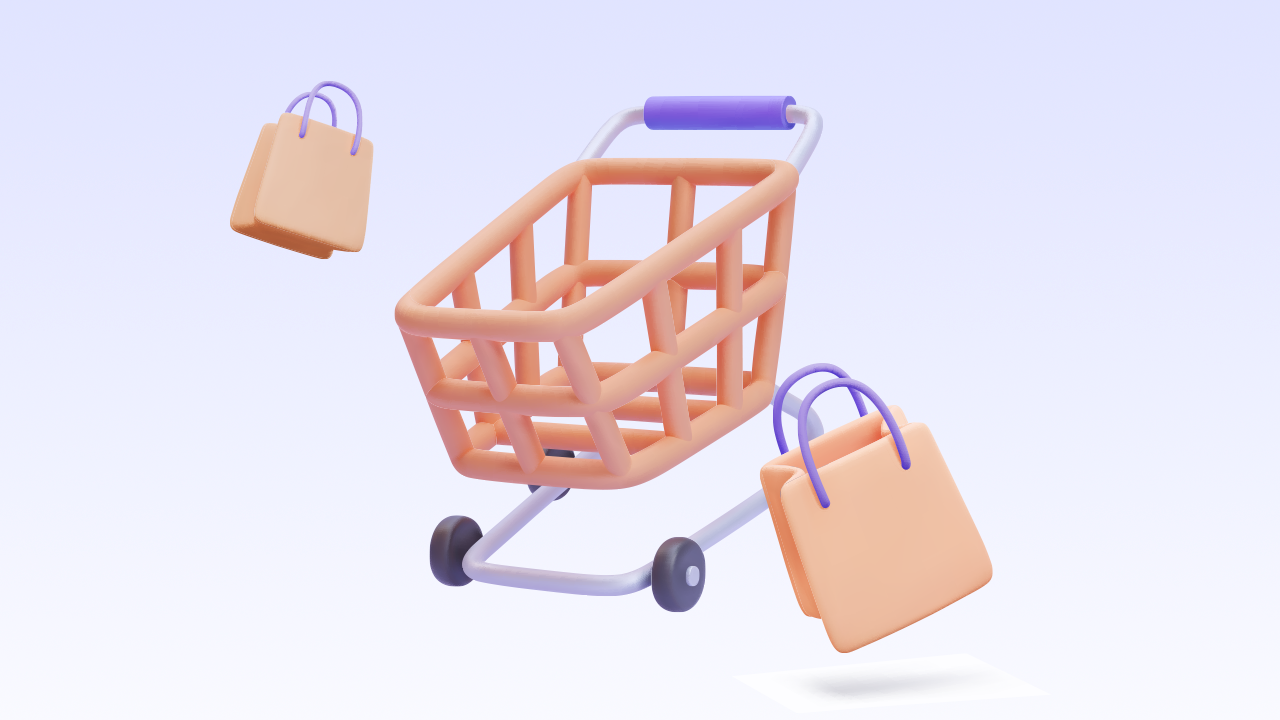In the fast-paced and competitive world of ecommerce, understanding unit economics is crucial for sustainable growth and profitability. Unit economics refers to the costs and revenues associated with a single unit of a product. By delving into these financial dynamics, ecommerce brands can make informed decisions, optimize strategies, and maximize their profit margins. In this blog post, we will explore why unit economics is vital and how it can be a game-changer for your online business.
The Significance of Unit Economics
In today’s landscape, where costs are rising and competition is fierce, unit economics has become more important than ever. Unlike in the past, where acquiring new customers was relatively inexpensive, ecommerce brands now face the challenge of optimizing costs and revenues at a granular level. By truly understanding unit economics, brands can navigate these challenges with confidence and make wise decisions that drive growth and profitability.
The Pitfalls of Ignoring Unit Economics
Failing to pay attention to unit economics can have dire consequences for ecommerce brands. Without a clear understanding of costs and revenues, businesses can find themselves struggling to grow and stay competitive. To avoid this, it is essential to familiarize yourself with key metrics like Break-Even Point (BEP), Return on Ad Spend (ROAS), Marketing Efficiency Ratio (MER), and Contribution Margin. These metrics provide valuable insights into the financial health of your business and enable you to make informed decisions to stay ahead of the competition.
Maximizing Customer Lifetime Value (LTV/CAC)
One of the critical strategies for long-term success in ecommerce is maximizing Customer Lifetime Value (LTV). By calculating the LTV/CAC ratio and monitoring it over varying “lifetimes,” you can shape effective customer acquisition and retention strategies. It is not just about revenue but also about understanding the true value derived from each customer over their lifetime. This knowledge empowers you to make data-driven decisions, optimize resources, and ensure sustainable growth in the long run.
Optimizing the LTV/CAC Ratio for Profits
While a high LTV/CAC ratio is desirable, it is not always the sole focus for maximizing profits. It is important to consider the context of your business, such as the revenue generated from each sale and the impact of marketing spend on customer acquisition cost (CAC). By finding the right balance and optimizing the CLV/CAC ratio, you can ensure efficient profitability. This requires a deep understanding of your business model and the ability to generate enough value from each customer to sustain and grow your business effectively.
CAC Payback Period and Key Metrics
As your ecommerce business grows, managing cash flow becomes crucial. The Customer Acquisition Cost (CAC) payback period is a vital metric to consider. It measures the time required to recoup the cost of acquiring a new customer through their lifetime value. A shorter payback period allows for reinvestment in customer acquisition and accelerates growth. However, it is important to strike a balance and avoid overspending on customer acquisition, which can lead to cash flow problems. By closely monitoring key metrics like blended ROAS, breakeven point ROAS, MER, CPA, new customer CPA, and contribution margin, you can make data-driven decisions to maximize profitability.
Conclusion
Mastering unit economics is a secret weapon for ecommerce success. By gaining a deep understanding of the financial dynamics of your business, you can make informed decisions, optimize strategies, and maximize your profit margins. Unit economics empowers you to navigate the challenges of a competitive market, grow your business wisely, and achieve long-term sustainability. Embrace the power of unit economics and unlock the true potential of your ecommerce brand. By paying attention to unit economics, you can make smart choices about pricing, product promotions, site optimization, and advertising spend. This allows you to focus on maximizing returns and boosting overall margins.


